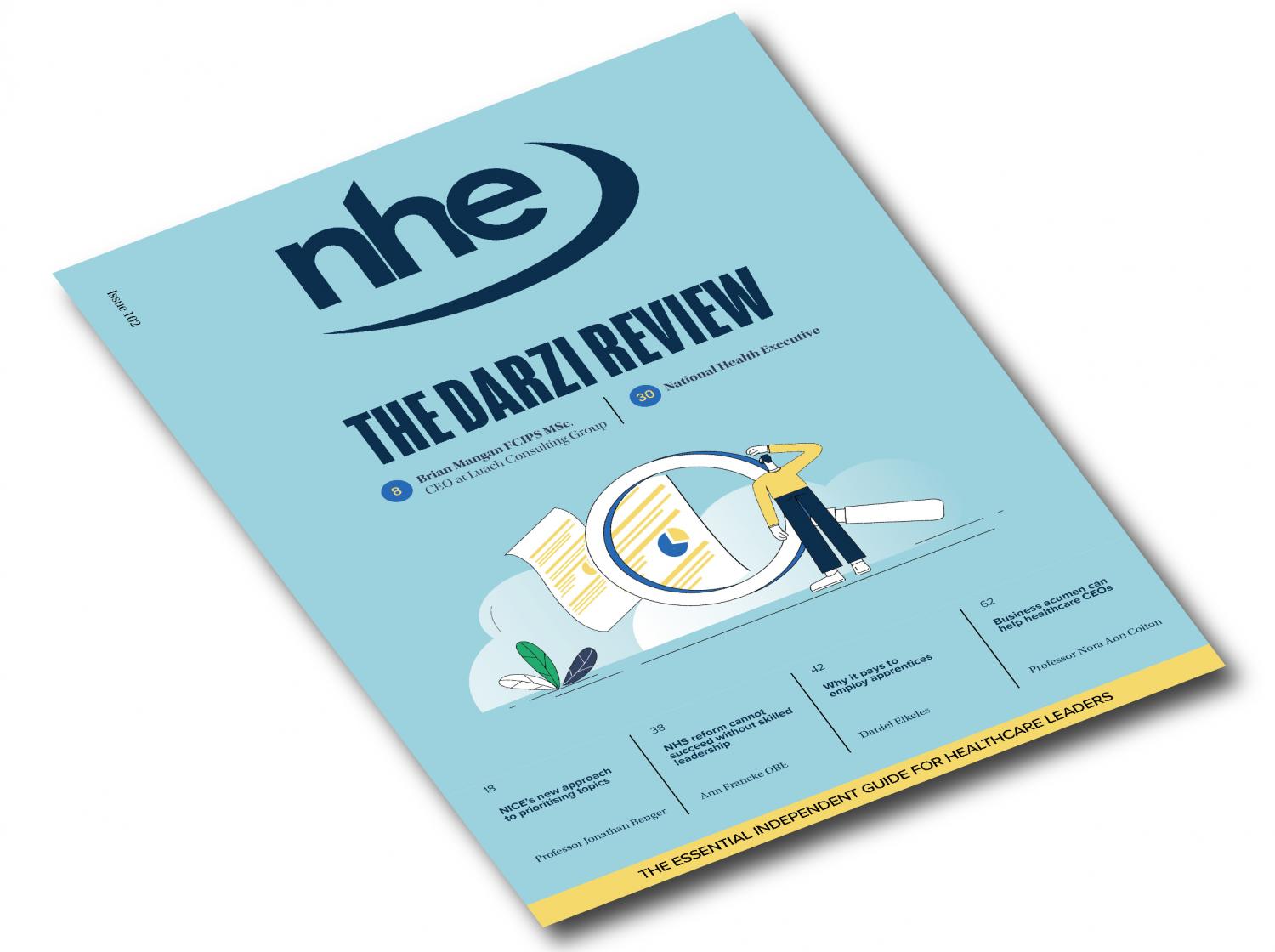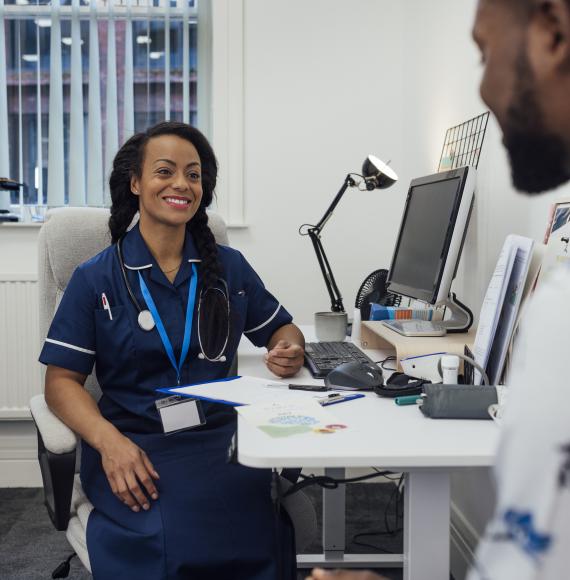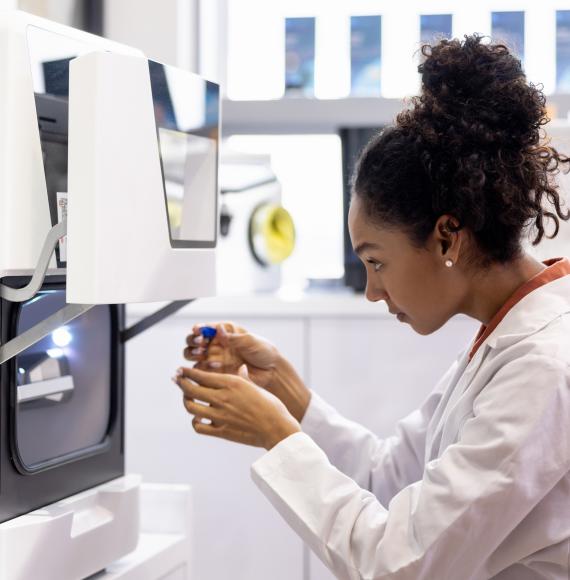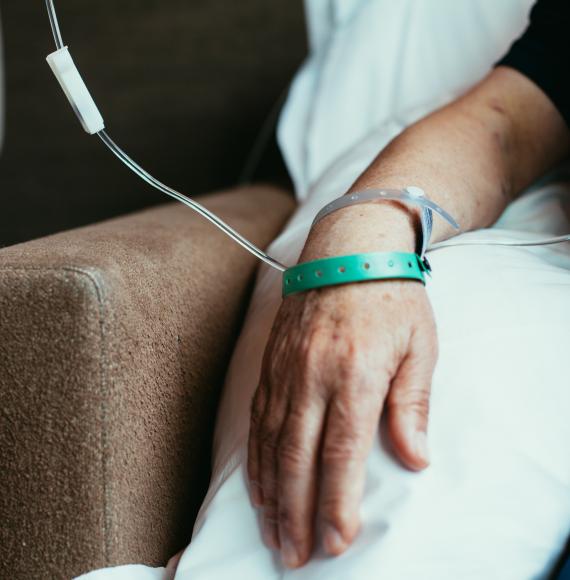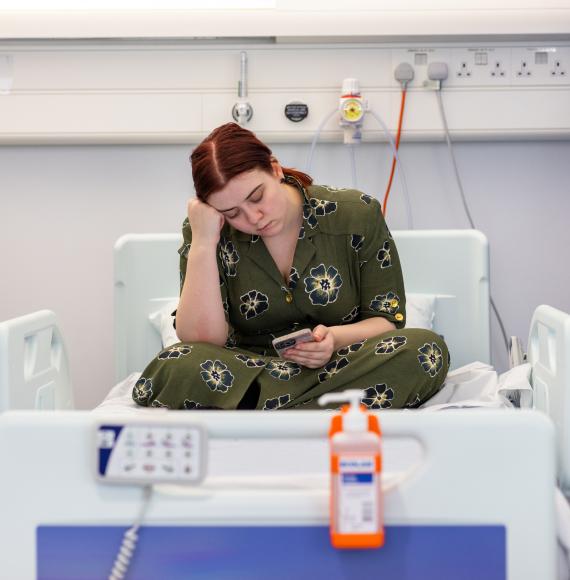The National Institute for Health and Care Excellence (NICE) has recommended a new digital technology that could help the NHS cut waiting lists in children and young people’s ADHD care.
The technology in question is Qbtech’s computer-based QbTest which tracks patient movement while measuring three core symptoms of ADHD:
- Inattention
- Impulsivity
- Hyperactivity
Evidence from the AQUA clinical trial indicated that using the test in conjunction with a standard clinical assessment allowed for a larger proportion of people to receive a diagnostic decision within six months of an initial assessment.
Patient experts told NICE’s diagnostics advisory committee that long waiting times for ADHD services were a significant issue.
This comes at the same time as an NHS Providers report which included comments from trust leaders that revealed more than eight in 10 (82%) do not believe their organisation can meet the current demand for children and young people’s services. Autism and ADHD services were among those with the biggest issues meeting the elevated demand.
“Children and young people with ADHD deserve to receive a diagnosis in a timely manner,” said Mark Chapman, NICE’s director of health technology. “We heard from our patient experts there are challenges with current pathways.
“This technology has the potential to generate tangible benefits to the lives of those waiting for an ADHD diagnosis.”
The prevalence of children and young people living with ADHD in the UK varies depending on the diagnostic definition used — the figure stands at 1-2% if the World Health Organisation’s is used, whereas the number is between 3-9% if the American Psychiatric Association is followed.
The QbTest should only be used to supplement professional expertise, according to NICE and does not replace it. While this technology has been recommend for those who are six to 17, NICE was not able to come to a decision on technologies for adults or those already with ADHD, due to a lack of evidence.
NICE has asked the companies to undertake further research before such tests can be considered for NHS use.
Image credit: iStock



